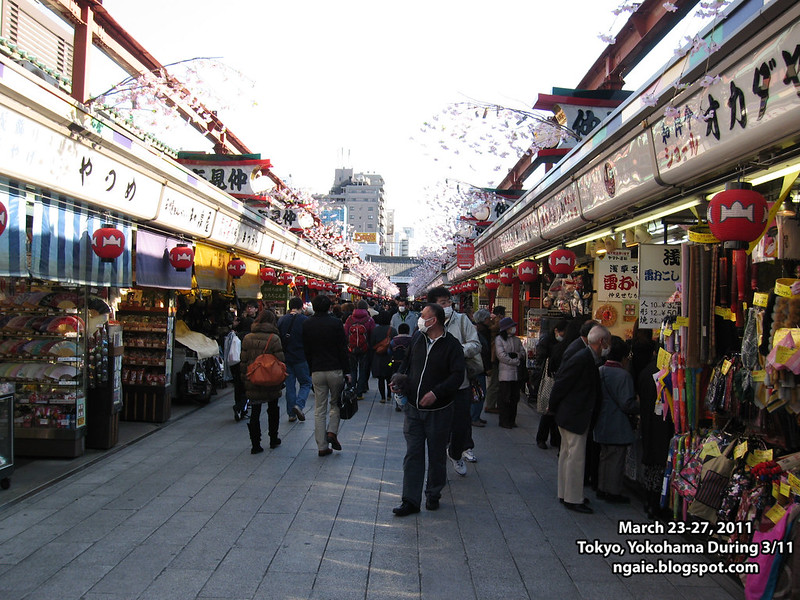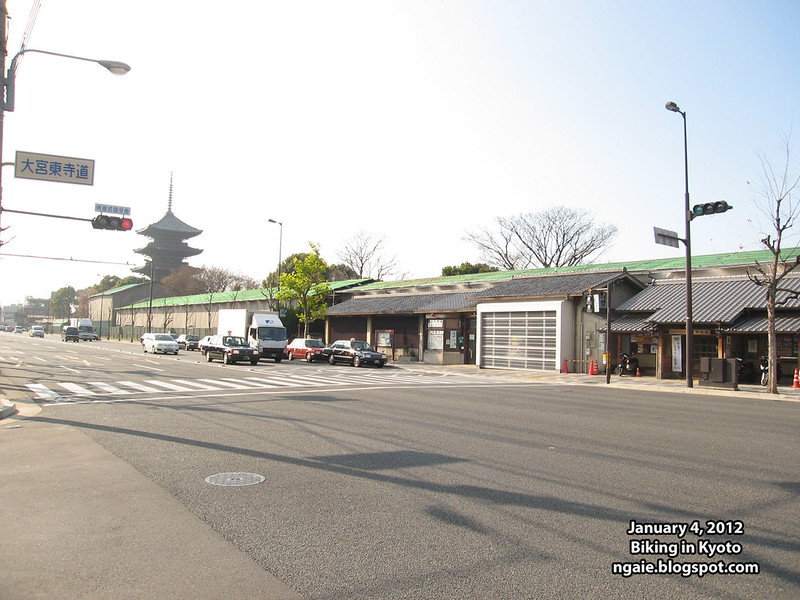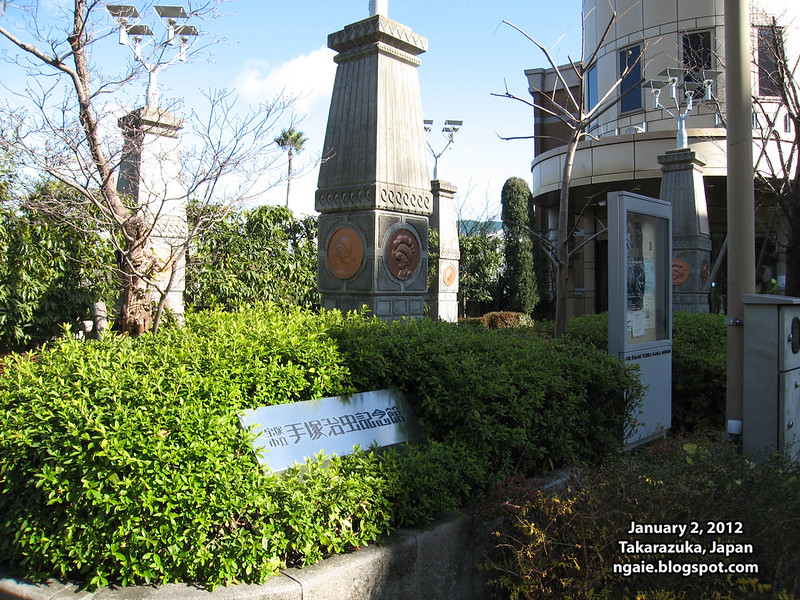I visited Tokyo and Yokohama from the March 23 to March 27, 2011 when my mother came to visit me in Japan during the spring of 2011. This is a continuation of our trip that started in
Osaka on March 10, 2011, one day before the biggest disaster to hit Japan in recent memory occurred. After visiting the Kansai region, we went to
Okinawa and then flew back to Fukuoka, stopping at
Nagasaki for a day before spending a couple of days in Hiroshima. Afterwards we took a night bus (never again) to Tokyo on March 23, 2011.
At this time, it was my first time back in Tokyo after I had left in 2006 when I was as an exchange student at Tokyo University of Foreign Studies.
Because the Tokyo area was moderately affected by the earthquake/tsunami/nuclear disaster (the 3/11 disaster), many foreigners living in Tokyo at the time were hysterically leaving for home via their embassies or for "safer" areas like the Kansai area or even places like Hong Kong because paranoia over radiation concerns. Instead because we had already booked and planned everything, we decided that it was safe to visit and it was indeed safe during our time there. In addition, there were less crowds!
The only odd thing that happened was that due to all the nuclear reactors being in shutdown mode as a precautionary measure, there were fears of a power shortage so in order to conserve energy, the train operators decided not to turn on any of the lights inside the trains during the overground sections. It felt weird to be riding the JR Yamanote Line in the dark with only sunlight coming through the windows.
The Nakamise-dori in front of the Sensoji Temple in Asakusa.












